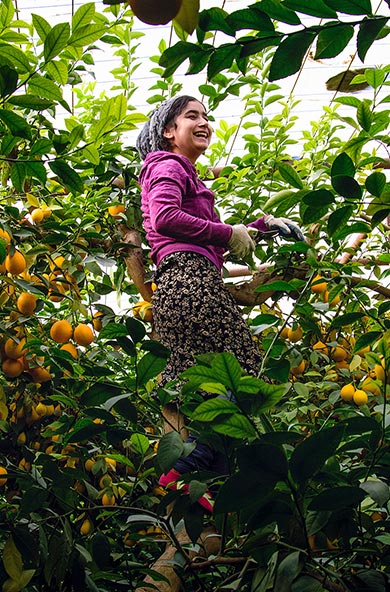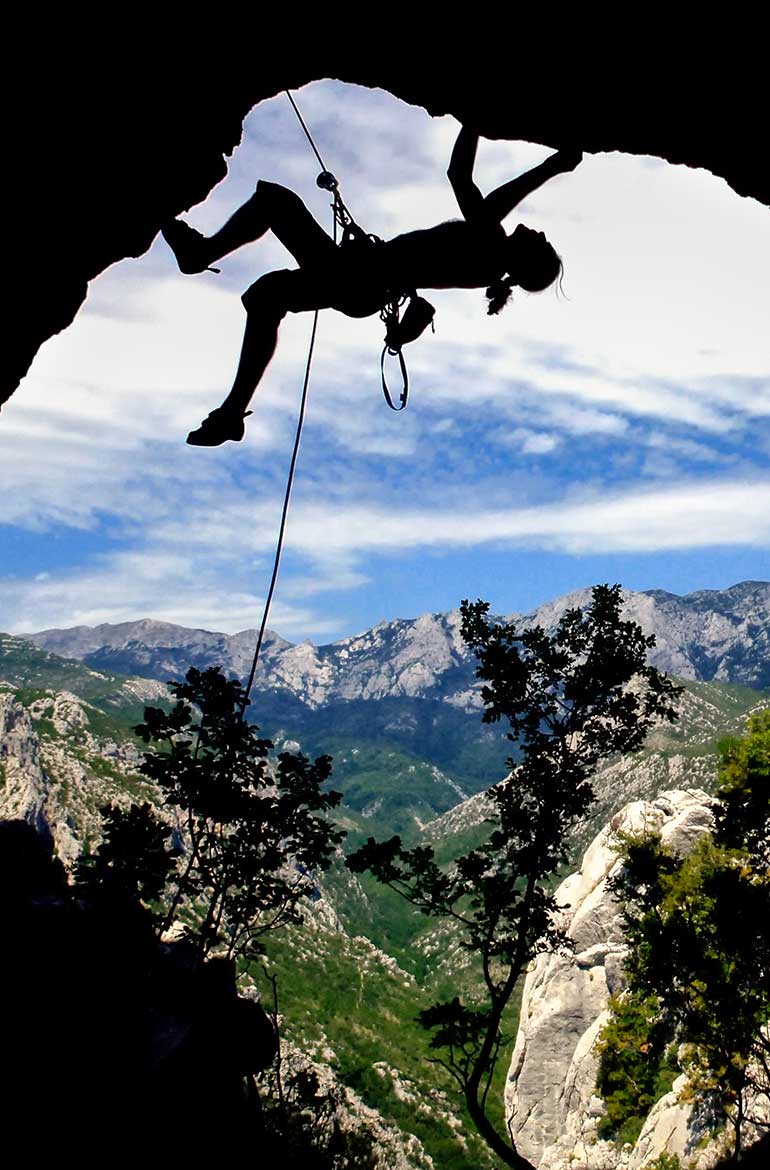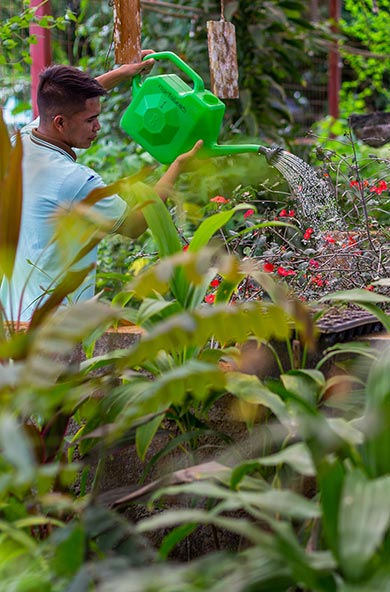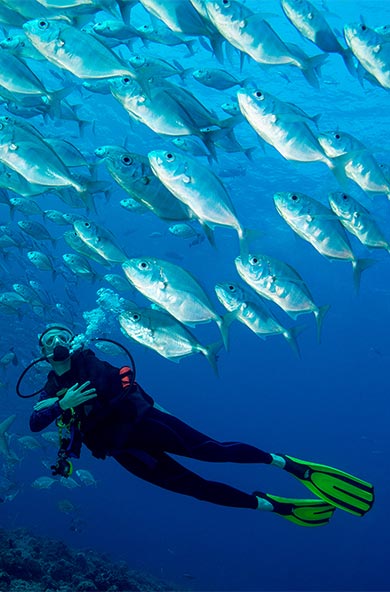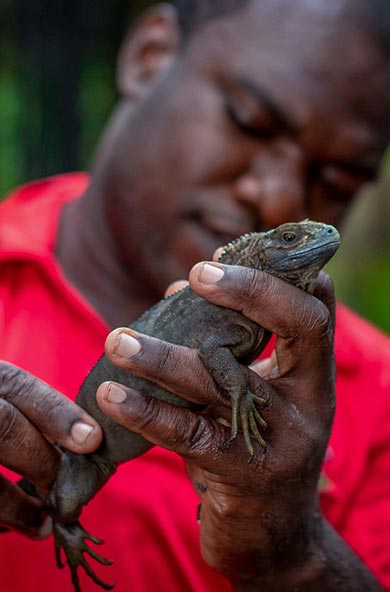Inspired by Nature: Celebrating Biodiversity with Haikus

English
DownloadInspired by Nature: Celebrating Biodiversity with Haikus
May 22, 2017
This publication has been prepared to help celebrate the International Day for Biological Diversity on May 22, 2017, and this year’s theme of Biodiversity and Sustainable Tourism.
Biodiversity provides the essential foundations for our very existence, livelihoods, and prosperity. It provides us with clean water, air, soil, food, medicine, and resources for jobs and growth. It underpins global tourism – one of the world’s fastest growing industries with tremendous potential for contributing to sustainable, inclusive, and equitable development. Biodiversity enriches our lives and culture with its many surprises and breathtaking wildlife, instilling in us a sense of wonder, excitement, peace and happiness. We, of course, are a part of biodiversity, too, sharing this finite and astonishingly beautiful planet with all other species, great and small.
Poetry, like literature, philosophy, music, design and all the creative arts, is often inspired by nature – landscapes, wildlife, and the natural world we live in. Haiku is a traditional form of Japanese poetry that also takes nature as its focus. It is based on a system of three lines and a set syllable pattern. The first and last lines of a haiku have five syllables and the middle line has seven syllables. This 5-7-5 pattern provides a simple structure around which moving images can be woven together to reflect a common respect, admiration and love for all living things on our shared planet. This simplicity of haiku helps convey the profound beauty of the world around us.
In this publication, we celebrate the diversity of life on Earth with a collection of 82 haikus, contributed by more than 60 friends, family and colleagues from UNDP and partners. Through this art and poetry, we renew our shared commitment to protecting and preserving the environment, and to leaving an equally diverse world for generations to come. A Haiku is a thought often written down in one inspired moment that lingers on in the mind and imagination of the author and all who read it. Sharing such collective forms of expression and appreciation are essential to our broader efforts conserving our natural treasures and shared heritage.

 Locations
Locations